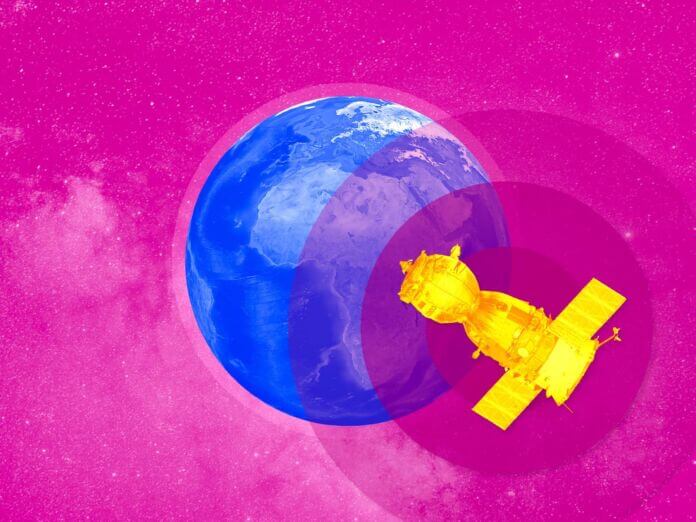
Advantages of Satellite IoT
Even though there have been huge terrestrial connectivity deployments, there is still 80 percent of the planet that has a connectivity gap. This digital divide poses a significant challenge for corporations that have assets deployed in remote or difficult-to-access areas. In such locations, automating processes or implementing IoT solutions becomes impractical without reliable connectivity. This is where satellite IoT emerges as a game-changing solution, offering connectivity advantages that address these connectivity gaps.
Wide Coverage Area
One of the primary advantages of satellite IoT is its wide coverage area. Unlike terrestrial-based IoT solutions, satellite deployments can cover vast geographic regions, including remote and hard-to-reach locations. This enables connectivity in areas that would otherwise be unreachable, facilitating the monitoring, control, and optimization of assets and processes in these locations.
Global Coverage
Global coverage is another compelling aspect of satellite IoT. With the ability to provide connectivity to devices anywhere on the planet, satellite IoT is well-suited for applications requiring global coverage. Whether it’s monitoring weather conditions in the Arctic or managing oil and gas operations in remote offshore locations, satellite IoT ensures reliable connectivity, regardless of geographical location.
Resilience
Resilience is a critical factor in mission-critical applications, and satellite IoT excels in this regard. Satellite links are not susceptible to disruptions caused by natural disasters, power outages, or terrestrial infrastructure failures. This inherent resilience ensures uninterrupted connectivity, enabling real-time data collection, monitoring, and control of assets even in challenging environments.
Low Infrastructure Requirements
In addition to its wide coverage and resilience, satellite IoT networks have low infrastructure requirements. Unlike terrestrial networks that often require extensive infrastructure deployment, satellite IoT can be implemented with relative ease and efficiency. This makes it an attractive option for applications where the cost of infrastructure deployment is prohibitive or time-sensitive.
The Future of Satellite IoT Connectivity
In the rapidly evolving landscape of IoT and technology, numerous companies have emerged as leaders in providing comprehensive satellite IoT connectivity solutions. These forward-thinking enterprises have strategically partnered with various industries to offer end-to-end solutions tailored to their customers’ needs.
Their expertise encompasses a wide range of areas, including satellite connectivity, sensor deployment, terrestrial networks, and data processing, enabling seamless integration and maximizing the efficient utilization of satellite IoT technologies.
These cutting-edge satellite IoT solutions hold immense potential for corporations operating in remote or challenging locations, effectively bridging the connectivity gap that previously hindered progress. By embracing satellite IoT, businesses can unlock the full potential of IoT applications, transforming the way they operate and make decisions.
Automation of numerous processes becomes possible, real-time data can be collected, and valuable insights can be obtained, all of which contribute to optimizing operations, improving efficiency, and elevating overall business performance.
In Conclusion
While terrestrial connectivity has undoubtedly made significant strides, a considerable portion of the planet still grapples with the persistent challenge of a connectivity gap. However, satellite IoT emerges as a game-changing solution by offering wide coverage, global connectivity, inherent resilience, and relatively low infrastructure requirements, effectively bridging this divide.
With its ability to connect remote and hard-to-reach locations, satellite IoT empowers businesses and industries to unlock the full potential of IoT applications, facilitating real-time data collection, monitoring, and optimization of assets and processes in these challenging environments. This transformative technology opens up new opportunities for innovation, efficiency, and sustainable growth, making it a crucial force in shaping a connected and digitally empowered future for all.
Tweet
Share
Share
- Connectivity
- Satellite
- Remote Management
- Sensors
- Connectivity
- Satellite
- Remote Management
- Sensors
